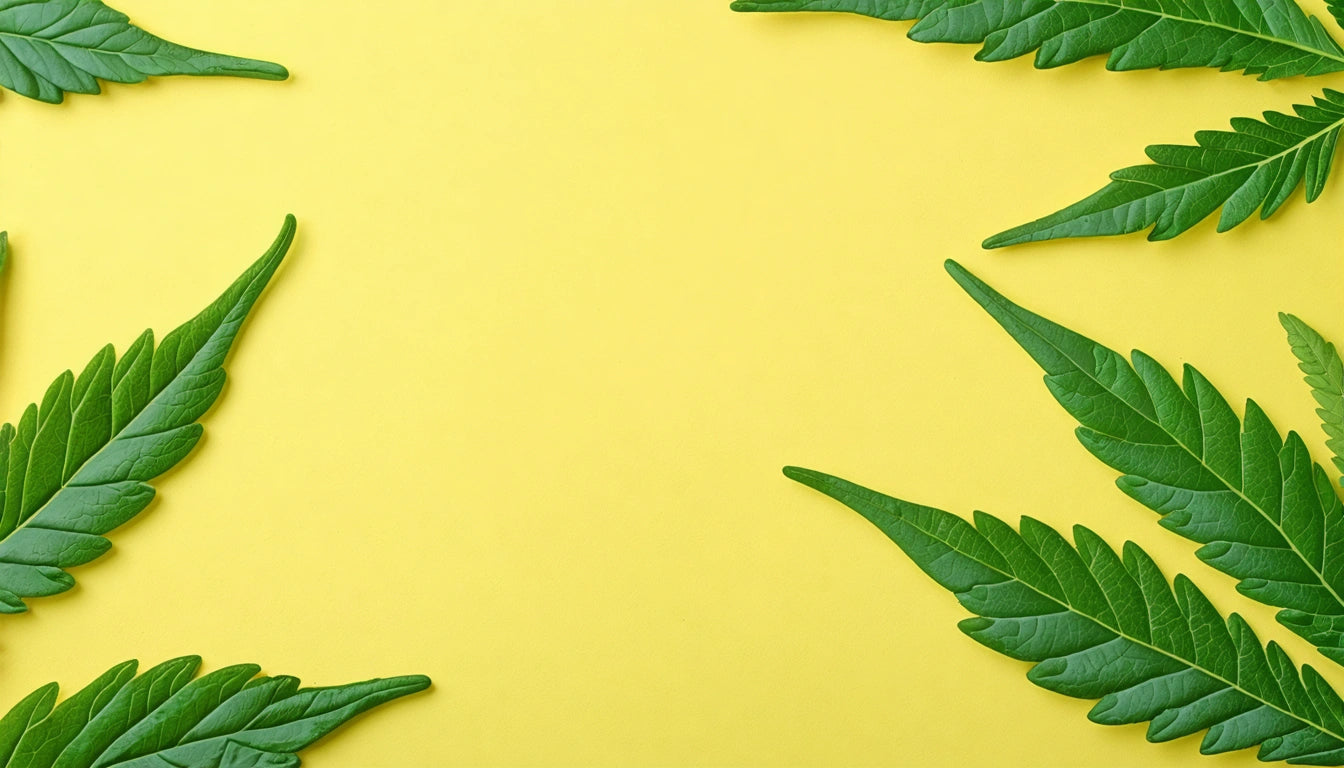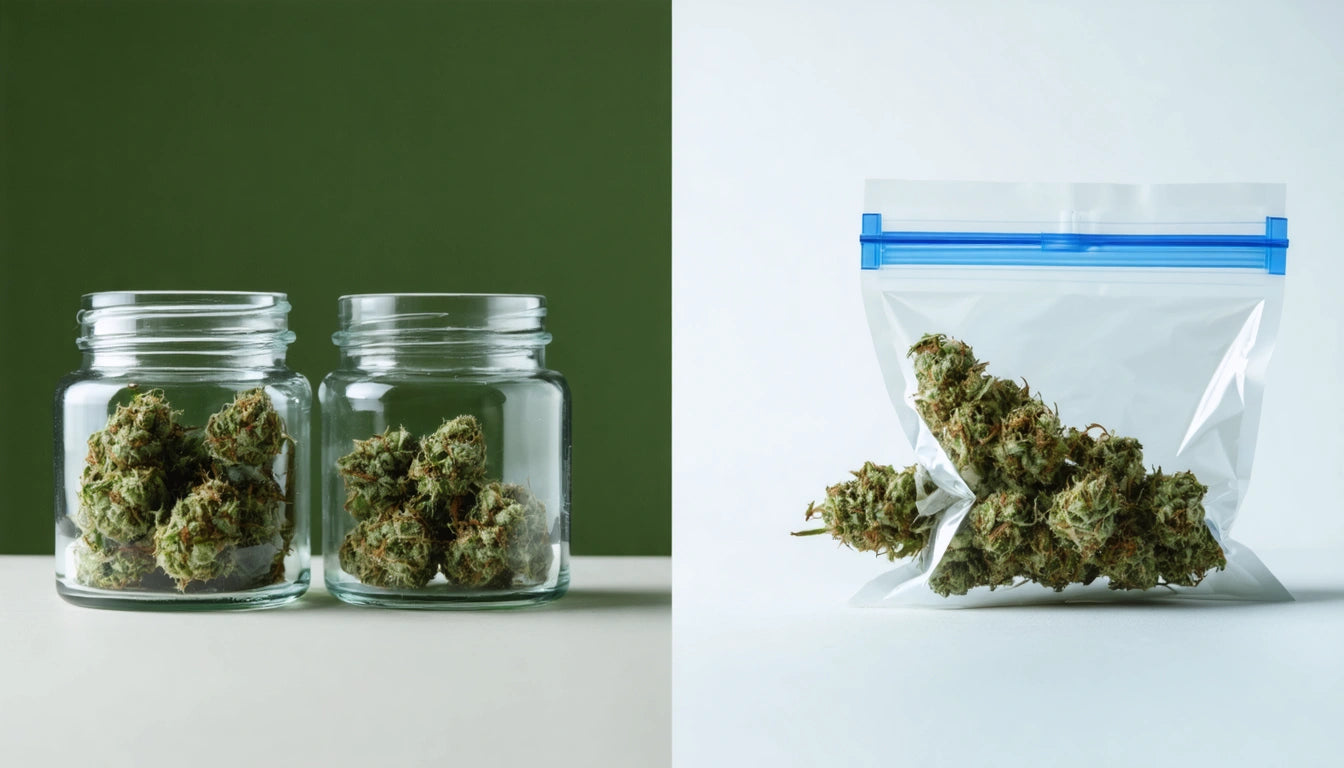Table of Contents
Cannabis edibles offer a smoke-free alternative for consumers seeking longer-lasting effects, but timing these effects can be challenging for both new and experienced users. Understanding how long edibles take to kick in helps prevent overconsumption and ensures a more predictable experience.
Typical Onset Times for Cannabis Edibles
Most cannabis edibles begin producing effects within 30-90 minutes after consumption, with full effects typically peaking at 2-3 hours. This delayed onset stands in stark contrast to inhalation methods, which produce effects within minutes. The timeline varies significantly based on product type:
- Gummies and chocolates: 30-90 minutes
- Baked goods (cookies, brownies): 45-90 minutes
- Hard candies and sublingual products: 15-45 minutes
- Beverages: 20-60 minutes
- Tinctures (when swallowed): 45-90 minutes
These timeframes represent averages, and individual experiences may vary considerably. Understanding this timing breakdown is crucial for setting proper expectations.
Factors Affecting How Quickly Edibles Work
Metabolism and Body Composition
Individual metabolic rates significantly impact onset times. Those with faster metabolisms may feel effects sooner, while those with slower metabolisms might experience delayed onset. Body weight and composition also play roles, as THC is fat-soluble.
Food in Your System
Consuming edibles on an empty stomach typically results in faster onset but potentially more intense effects. Taking edibles with a meal, especially one containing fats, can delay onset but may enhance overall absorption. The role of fat in edible absorption is well-documented, as cannabinoids bind to dietary fats for more efficient processing.
Product Formulation
Modern edibles use various technologies to improve onset predictability:
- Nano-emulsified products claim faster onset times (20-40 minutes)
- Water-soluble formulations may absorb more quickly
- Oil-based products typically have longer, more variable onset times
Edibles vs. Smoking: Understanding the Difference
The fundamental difference between edibles and smoking lies in how THC enters the bloodstream. When smoking, THC enters directly through the lungs, producing almost immediate effects. With edibles, THC must undergo digestive processing and liver metabolism before entering circulation.
This metabolic difference explains why edibles and smoking provide different experiences. Edibles typically produce:
- Longer onset time (30-90 minutes vs. 2-10 minutes for smoking)
- More intense effects at equivalent doses
- Longer duration (6-8 hours vs. 2-3 hours for smoking)
- More pronounced body effects compared to cerebral effects
The Metabolic Science Behind Edibles
When consumed orally, THC undergoes a transformation in the liver, converting to 11-hydroxy-THC, a more potent compound that crosses the blood-brain barrier more effectively than standard THC. This metabolic process explains why edibles often feel stronger than equivalent doses of smoked cannabis.
The liver's first-pass metabolism is responsible for both the delayed onset and the intensified effects. This process varies between individuals based on genetics, enzyme activity, and overall liver function.
Safe Consumption Tips and Best Practices
Start Low, Go Slow
The cardinal rule for edible consumption is patience. Dosing edibles safely, especially for first-time users, means:
- Begin with 2.5-5mg THC (or less for very sensitive individuals)
- Wait at least 2 hours before considering additional doses
- Increase subsequent doses by small increments (2.5-5mg)
- Keep CBD-dominant products on hand to moderate THC effects if needed
Understanding Packaging and Safety
Proper packaging plays a crucial role in edible safety. Learning to read cannabis edible labels helps consumers make informed choices. Additionally, safety regulations requiring child-resistant packaging for cannabis products help prevent accidental consumption by children, similar to protections for pharmaceuticals and household chemicals.
Storage Considerations
Proper storage affects both potency and safety. Storing edibles correctly means keeping them:
- In original, labeled, child-resistant packaging
- Away from light, heat, and moisture
- Separate from regular food items
- Out of reach of children and pets
Managing Unexpectedly Strong Effects
Even experienced consumers occasionally misjudge edible timing or potency. If you consume too much, there are several strategies that can help manage overwhelming effects:
- Stay hydrated and consume light snacks
- Use CBD products to counterbalance THC effects
- Create a calm environment with minimal stimulation
- Practice deep breathing or other relaxation techniques
- Remember that effects will eventually subside, typically within 6-8 hours
The variable nature of edible onset times makes them both appealing and challenging. By understanding the factors that influence timing and following best practices for consumption, users can enjoy the unique benefits of edibles while minimizing risks of overconsumption.











Leave a comment
All comments are moderated before being published.
This site is protected by hCaptcha and the hCaptcha Privacy Policy and Terms of Service apply.